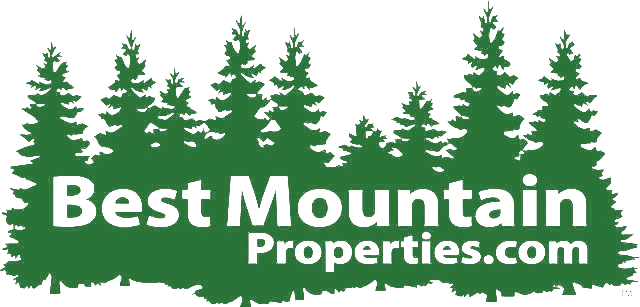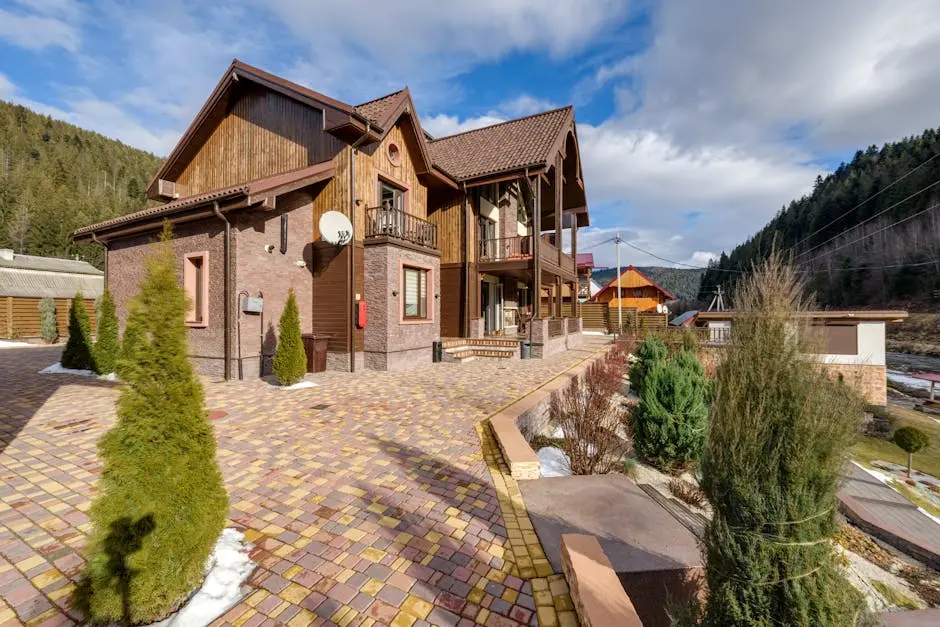Buying mountain real estate can be a dream come true, but it’s essential to understand that the price tag isn’t the only cost involved. Even experienced buyers might overlook several hidden expenses that licensed realtors are all too familiar with. In this listicle, we’ll dive into eight hidden costs that could catch you off guard when purchasing that idyllic mountain property. Let’s get started on your journey to becoming a smart buyer!
1. Property Taxes Beyond Expectations
Mountain properties often come with higher property tax rates than urban areas, which can significantly impact your budget. It’s crucial to research the specific tax obligations in the area you’re considering. Ignoring these can lead to an unwelcome surprise when your annual tax bill arrives, possibly stripping your budget of funds you had earmarked for home improvements or even recreational activities.
Additionally, property taxes can vary greatly depending on local services or infrastructure development; in some regions, they might increase suddenly due to new amenities like road repairs or public services. Always ask your licensed realtor about historical tax trends, as this insight can help you make a more informed decision, ensuring you won’t find yourself struggling to keep up with your tax payments in coming years.
2. Homeowner’s Association Fees
Many mountain communities have homeowner’s associations (HOAs) that charge monthly or annual fees, which may include maintenance and amenities. While HOAs can enhance community living through maintained shared spaces like parks or swimming pools, they can also come with staggering fees that catch buyers off guard. Make it a priority to read through the HOA regulations and fee structures before making any commitment.
In some instances, these fees could also increase suddenly due to unexpected community expenses, which means your housing budget may need additional flexibility to accommodate these changes. Meeting with current residents or neighbors can provide invaluable insights into the true costs associated with living in the community, as well as the overall satisfaction with HOA regulations.
3. Costly Utility Bills
Electricity, water, and heating costs can be higher in remote areas, especially during harsh winters. Mountain homes often rely on electricity for heating, and if you’re not prepared, your utility bills may skyrocket, particularly in extreme winter conditions. It’s important to ask your licensed realtor about average utility costs in the area, as this will help you gauge your monthly expenditures more accurately.
Power outages can also be a concern, leading to further expenses such as generators or alternative heating methods. Additionally, water sources may be more established, such as wells, which can require maintenance and testing to ensure safety. Ultimately, understanding these utility dynamics before purchasing can save you from financial strain down the mountain road.
4. Insurance Premiums That Surprise
Due to risks like wildfires or floods, mountain properties may carry higher insurance costs than anticipated. When buying a home in the mountains, it’s essential to consult your licensed realtor about typical insurance requirements in the area. This discussion may shed light on how the geography and climate influence the insurance premiums you’ll face.
Many who venture into mountain real estate are shocked at how much their premiums can rise, especially for fire insurance in high-risk zones. Ensuring that you obtain multiple quotes from various providers can help alleviate some of this financial burden. It might also be worth considering options for bundling insurance with other policies for discounts, as this can lead to substantial savings long-term.
5. Maintenance and Repairs for Unique Features
Mountain homes often include special architectural elements or landscaping that can lead to unique and higher maintenance costs. These unique features can offer breathtaking aesthetics but can also come with the challenge of upkeep. Think about the intricate woodwork, unique roofing materials, or extensive decks; these all require specialized care and can contribute to rising repair costs over time.
It’s wise not only to assess the current condition of these features during your walkthrough but also to talk with your licensed realtor about typical costs for maintenance in the context of mountain homes. This can be crucial for setting realistic long-term budgeting that accommodates these unique characteristics.
6. Septic System Requirements
Many mountain homes rely on septic systems, which require regular maintenance and can be costly to repair or replace. Unlike urban settings, where sewage systems are typically managed and maintained by municipal services, you’re responsible for your home’s sanitation. This can lead to unexpected costs if you’re not prepared. It’s essential to have a qualified inspector evaluate the system before purchasing.
Understanding how septic systems work, including how often they need to be pumped, is key to budget planning. Regular maintenance is required to avoid costly repairs or future replacements. Engaging with your licensed realtor to gather details about previous repairs made to the septic system can provide better insights into what future maintenance might look like and should be factored into your overall buying strategy.
7. Accessibility Issues and Associated Costs
Depending on the location, you might face added expenses for access, especially in winter with snow removal services. If you’re considering a property that’s more secluded, the convenience of availability during harsh weather should be front of mind. Think about how much it would cost to maintain access to your mountain escape, especially after heavy snowfall.
Some homeowners opt for snow removal services, which can add up significantly over the winter months. Engaging with your licensed realtor’s knowledge of local services and estimating these costs ahead of time can help you find a property that meets both your budget and accessibility needs.
8. Impact of Market Fluctuations
The mountain real estate market can be volatile; understanding market trends can help you avoid costly mistakes. This means being aware that property values can rise or fall based on demand, seasonal trends, and even local policy changes. Keeping a pulse on market conditions can help you navigate pricing and act swiftly when necessary.
Your licensed realtor can be a vital resource for understanding the local market history and future forecasts. Being equipped with this knowledge not only prepares you for negotiation but also empowers you to make informed decisions, minimizing the risk of overpaying or purchasing at a market low just when trends are about to reverse.



